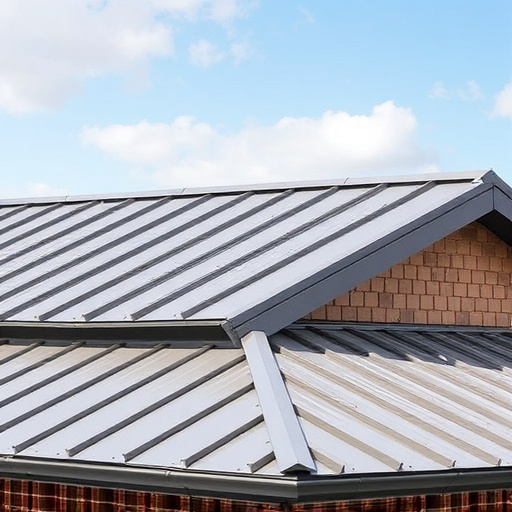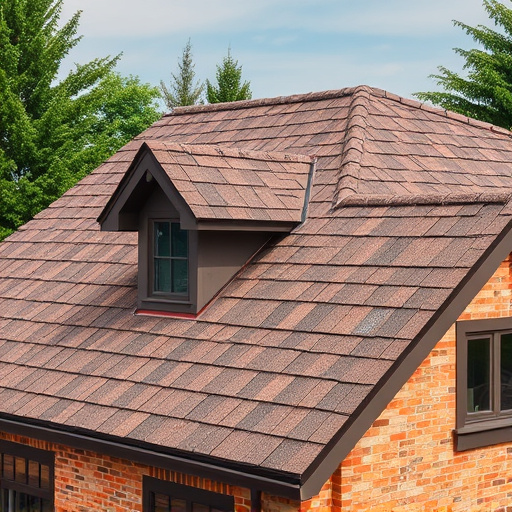Mastering Budgeting for Your Dream Custom Deck Project
Before budgeting for a custom deck, thoroughly assess your project needs, including size, materials…….

Before budgeting for a custom deck, thoroughly assess your project needs, including size, materials…….

Deck Sealing: Protecting Your Outdoor SpaceProper deck preparation, including assessing damage, clea…….

Conducting regular deck maintenance is crucial for ensuring structural integrity and safety during h…….

Upgrading your deck yourself offers significant cost savings, creative control, and confidence boost…….

Choosing the right materials for a deck replacement is key to enhancing outdoor space appeal and lon…….

Exterior siding goes beyond aesthetics, protecting homes from environmental factors and influencing…….

Regular roof maintenance is key to preventing severe structural damage and costly repairs. This incl…….